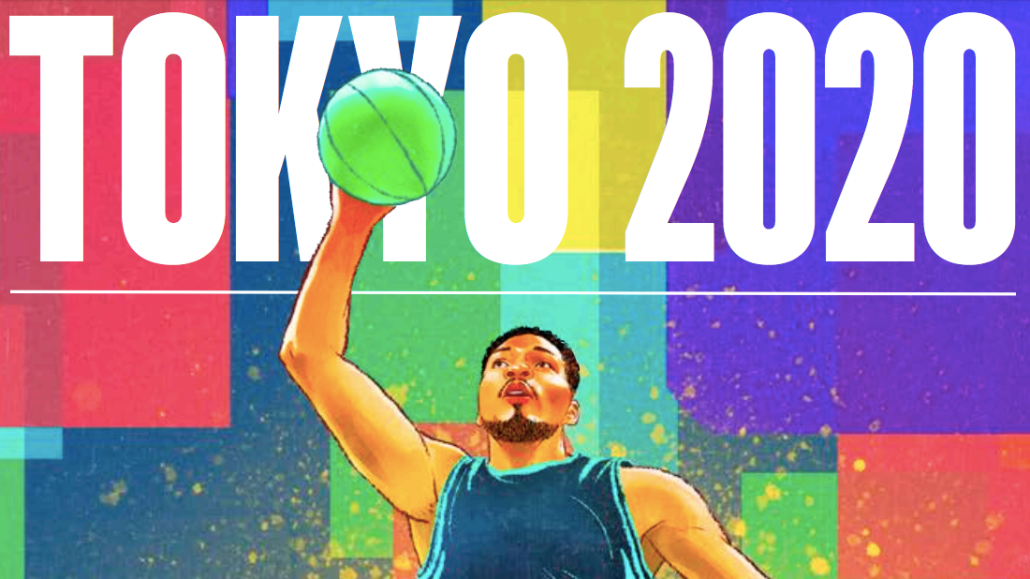
The Olympic Games is not just a sporting event, it’s a cultural phenomenon. People across the world sit spellbound at their screens, rooting for athletes on the track, in the pool or on the parallel bars. But after the lackluster TV ratings of the 2016 Rio games — there were even reports that advertisers were being offered make-goods for fewer-than-expected viewers — how will advertisers reach people for Tokyo 2020?
Not too long ago, billion-dollar TV rights were a small price to pay. It’s not that audiences have abandoned the games, of course, but with 3,000 hours of coverage across 33 sports and 339 events, viewership has continued to expand beyond traditional TV and across a wide range of devices, channels and apps. So heading into Tokyo 2020, brands need to approach the Games with a heightened focus on the targeting capabilities available to get to those people who have scattered into the digital wilderness.
Consider this: Tokyo is thirteen hours ahead of the U.S., and a massive portion of U.S. viewing will inevitably be of the time-shifted, digital variety. In the four years since the last summer games, digital viewing has become dominant. Digital delivery will allow marketers to address their ads not simply on audience demographics, but also contextually.
That means advertisers will have to start by finding the creative that works best with different types of content, and then optimize accordingly. It would be no surprise, of course, to see a skateboard brand place skateboard-related ads on the platforms and streams where viewers are watching the new skateboarding events; Olympics advertisers were doing that sort of thing in the age of Jesse Owens.
But this time around, there will be thousands of streams and video replays available to viewers at a moment’s notice, dramatically expanding upon the number of contextual targeting opportunities for brands and the athletes they sponsor. Advertisers will have an unprecedented chance to make sure that all of their products find the right audience at the right moments.
Think of it as the first next-generation ad exchange. With the Olympic Games as their platform, advertisers will be able to deepen connections between consumers and their brands.
Keep in mind that not all Tokyo advertisers will be official Olympic sponsors, looking for TV-style viewership measurement. Some will simply be placing themselves adjacent to the news, commentary and pictures about the latest events. We’ll see brands turning to tools like image recognition to stay close to their audiences. For instance, a runners’ apparel brand might computer vision to place ads for shoes and shirts directly adjacent to news stories that feature images of tracks and fields, or that feature images of famous athletes.
In 2020, brands will be thinking beyond the “official” view, looking toward the broader digital landscape. Social sharing, for instance, is now one of the primary mechanisms by which brands and their logos are placed in front of consumers. Savvy brands will be thinking not just about how to create content that’s ripe for social sharing, but about how to use targeting tools and third-party measurement to maximize and assess the content’s impact.
Digital-out-of-home is another major programmatic platform that was left under-exploited in Rio. Brands are now able to assess precise factors such as the day’s news events, time of day and even minute data points such as foot traffic patterns to make sure their content hits the streets at the exact right moment, and in front of exactly the right audience.
So imagine if a brand’s sponsored athlete, who happened to be a Manhattan native, became a surprise medalist. The brand would then be able to light up the New York streets, during rush hour, at the moment the athlete’s victory became public knowledge.
Across social media and OTT, brands will have to reassess what’s in their digital toolkits. They’ll have to think beyond demographics, critically assessing the most effective contexts in which to spread their messages and signage. They’ll also have to turn to emerging digital tools and technologies to measure their ads’ effectiveness — namely, their ability to drive intent, consideration and overall awareness.
Rio may have been a disappointment — but Tokyo won’t be. It’s fair to say that it will be the first programmatic games.
For a deeper look at the tools and technologies that advertisers are using to stay ahead, see our straightforward guide to Tokyo 2020 here. (Link to guide.)
More from Digiday

Omnicom confirms the pending exit of influential Annalect chief Slavi Samardzija
The CEO and architect of Omni departs, hinting at pending changes as Omnicon continues $13.5 billion IPG takeover bid.

Zero-click search is changing how small brands show up online — and spend
To appease the AI powers that be, brands are prioritizing things like blogs, brand content and landing pages.

From sidelines to spotlight: Esports events are putting creators center stage
Esports events’ embrace of content creators reflects advertisers’ changing priorities across both gaming and the wider culture. In the past, marketers viewed esports as one of the best ways to reach gamers. In 2025, brands are instead prioritizing creators in their outreach to audiences across demographics and interest areas, including gaming.





